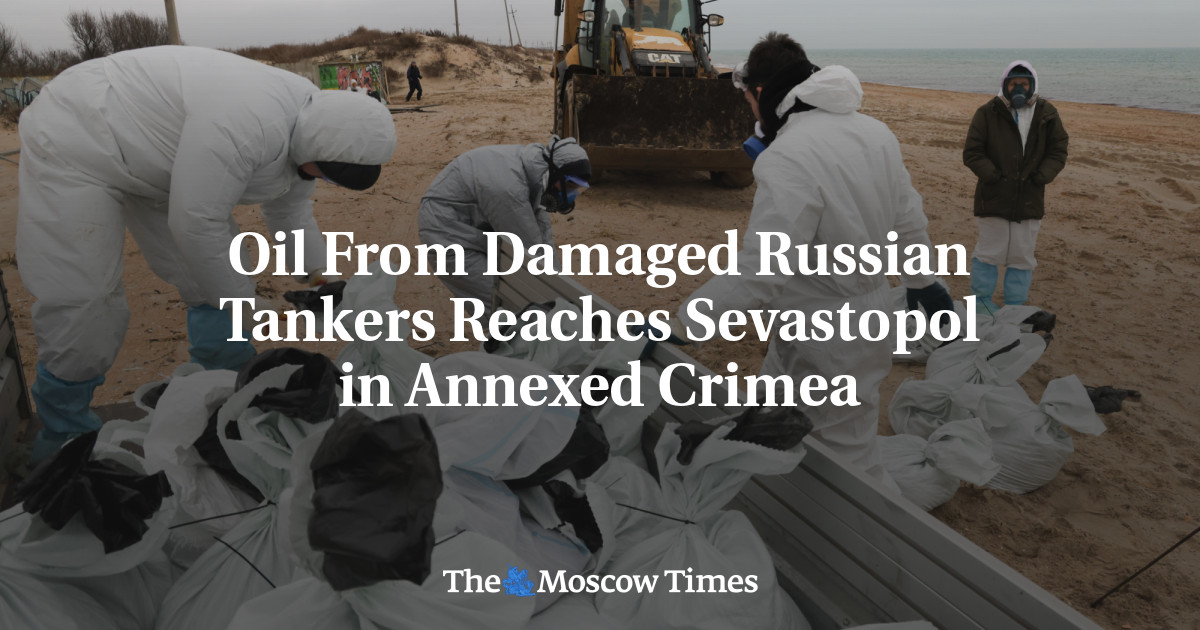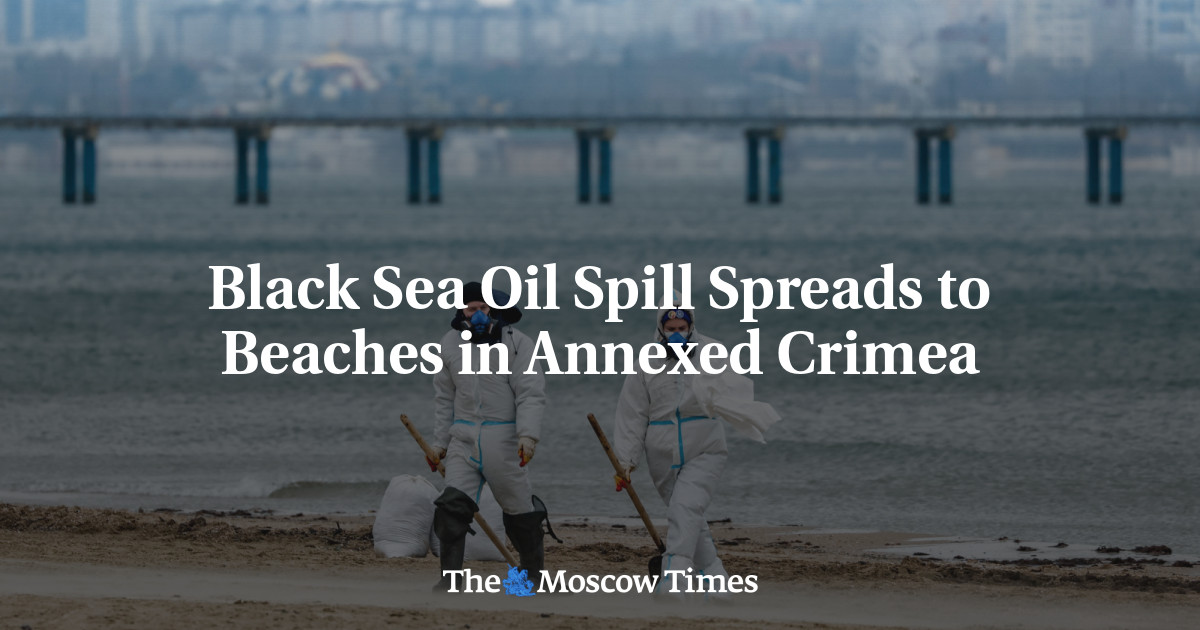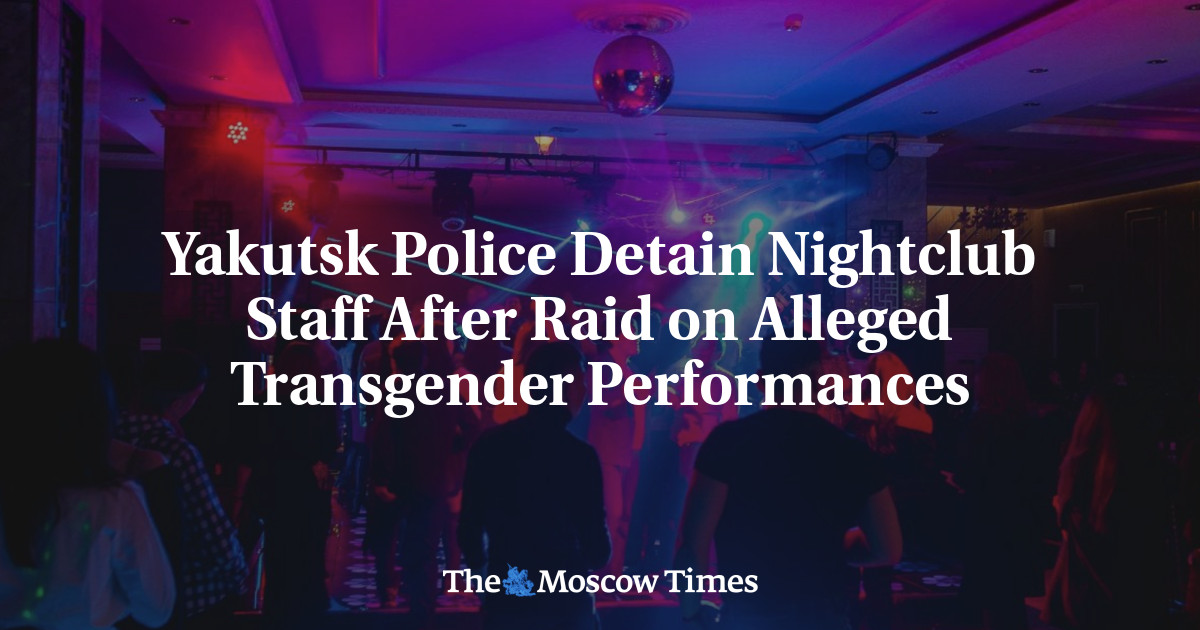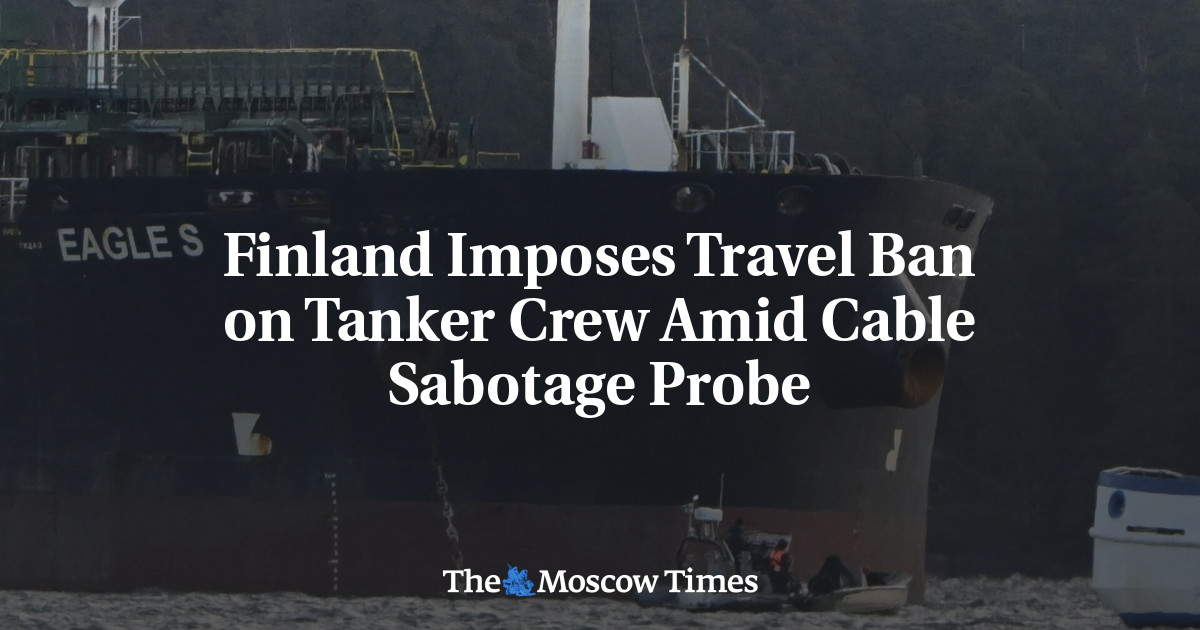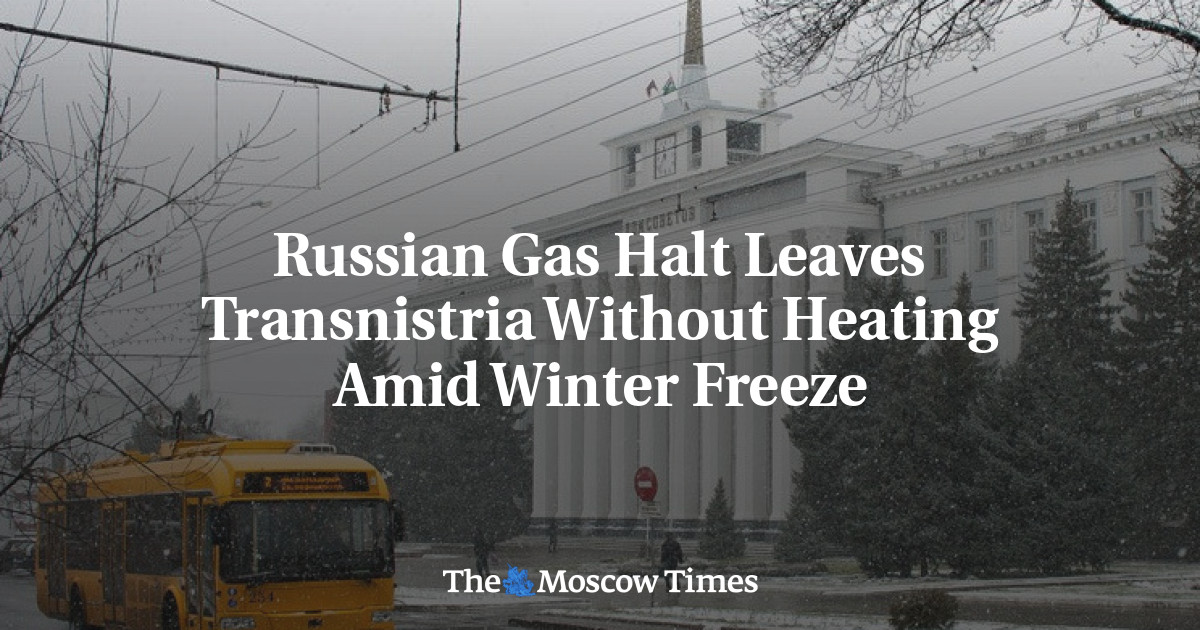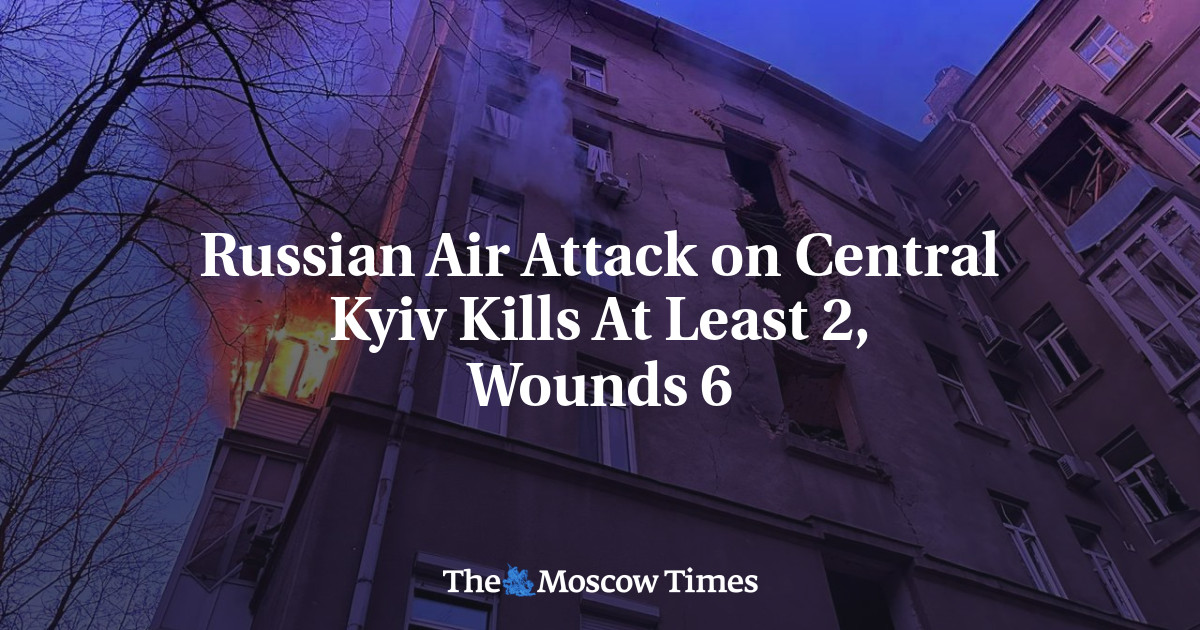On March 7, U.S. officials warned the Russian government that they had information about a planned terrorist attack possibly targeting concerts in Moscow. Fifteen days later, camouflaged gunmen attacked the Crocus City Hall concert venue near Moscow, killing at least 137 people, with the Islamic State (IS) jihadist group claiming responsibility.
The deadliest attack in Russia since the 2003 Beslan school siege has led to criticism of Russia’s “security theater” and raised questions about what Putin and the security establishment were doing at the time.
Here is a timeline of the Russian president’s known activities before, during and after the attack:
March 7: The U.S. Embassy in Moscow issues a warning of reports that “extremists have imminent plans to target large gatherings in Moscow, to include concerts” and advises its citizens to avoid large gatherings over the next 48 hours. U.S. officials also notify the Russian government per their longstanding “duty to warn” policy.
Earlier in the day, the FSB announced it had killed IS militants who were planning a “terrorist attack” on a Moscow synagogue.
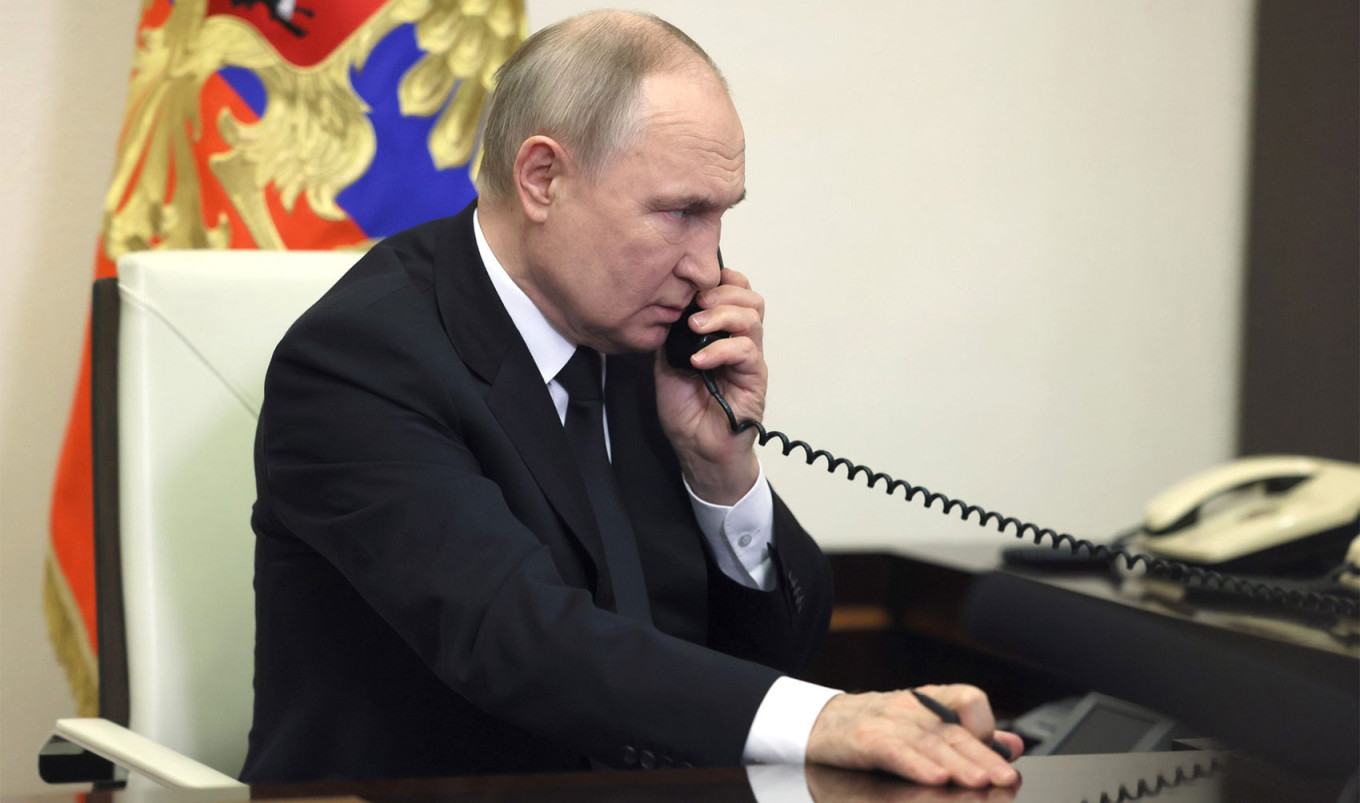 Vladimir Putin talks on the phone.
kremlin.ru
Vladimir Putin talks on the phone.
kremlin.ru
March 19: Addressing FSB chiefs, Putin congratulates them for their competence and “achievements in the fight against terrorism and extremism.” He acknowledges the U.S. warning, calling it “provocative” and “outright blackmail…to intimidate and destabilize our society,” stressing that the security agency’s work is focused on Ukraine.
March 21: Putin is declared the winner of the presidential election after a vote the Kremlin calls “absolutely flawless” but is criticized by the West as undemocratic. In his victory speech, he speaks about the war in Ukraine and “strengthening defense capacity and the military.”
March 22: At about 8:15 p.m., a group of gunmen enter Crocus City Hall, which has a capacity of over 6,000, before the start of a sold-out concert. They start shooting at people indiscriminately before setting the building on fire and fleeing the scene.
Several hours later, IS claims responsibility for the attack, which U.S. officials confirm.
Almost three hours after the start of the attack, the Kremlin announces that Putin has been receiving information and giving instructions for how to proceed. According to anonymous sources cited by The Insider, television channels are repeatedly prepared to air a statement from Putin, but he does not appear.
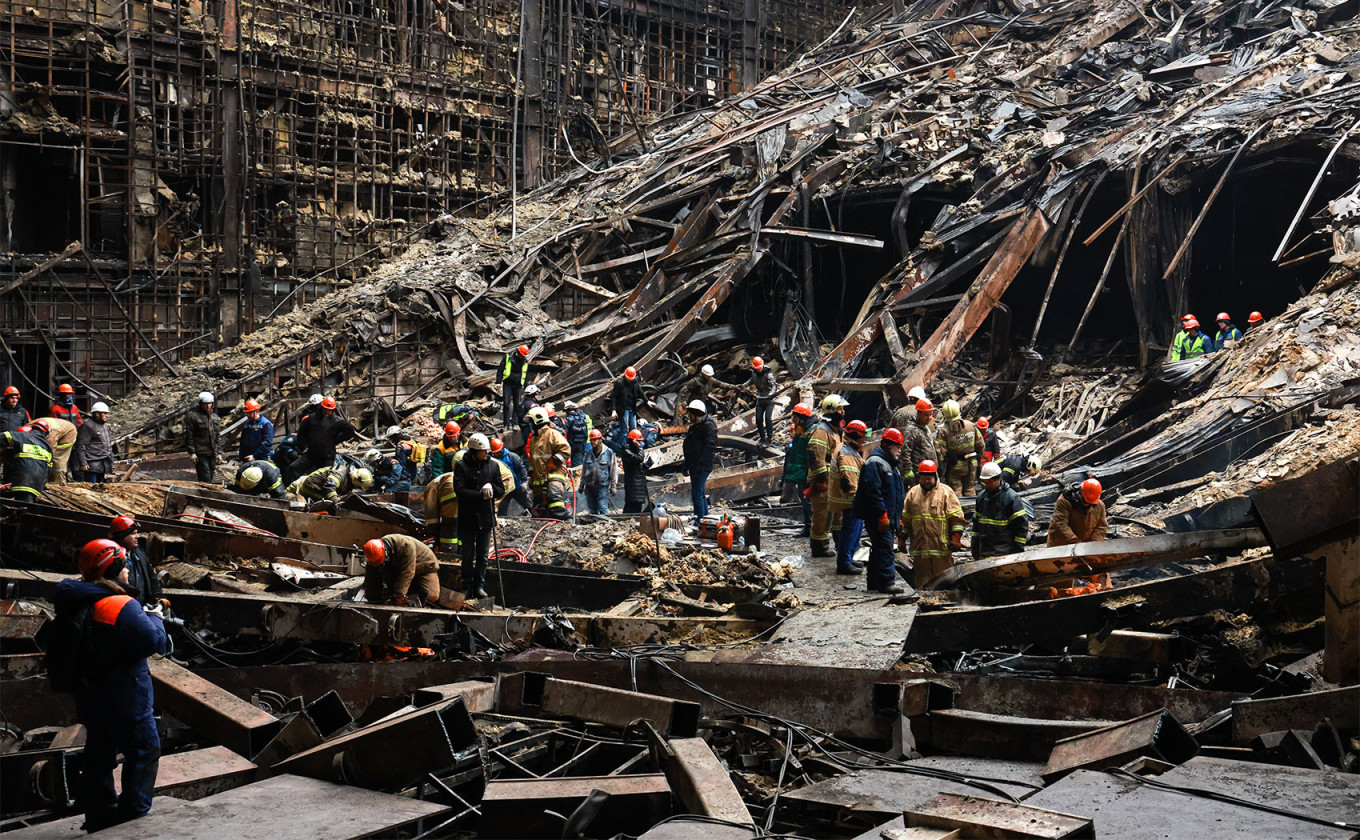 Emergency services workers clear debris at the Crocus City Hall in the town of Krasnogorsk after a fire.
Vyacheslav Prokofyev / TASS
Emergency services workers clear debris at the Crocus City Hall in the town of Krasnogorsk after a fire.
Vyacheslav Prokofyev / TASS
March 23: At 1:45 a.m., Deputy Prime Minister Tatyana Golikova announces that Putin has wished those injured well and thanked the medical staff assisting them.
In the morning, the Kremlin announces that Putin has been receiving condolences from leaders of countries “friendly” to Russia, but he still does not appear in public.
In the afternoon, nearly 20 hours after the attack ended, the Kremlin releases a pre-recorded video statement by Putin on the “barbaric terrorist act,” where he says the four shooters and seven accomplices have been detained. He does not mention IS, instead saying the shooters were fleeing to Ukraine, and declares March 24 a national day of mourning.
 Vladimir Putin places a candle in memory of those killed in the terrorist attack in the church of the Novo-Ogaryovo residence on March 24.
kremlin.ru
Vladimir Putin places a candle in memory of those killed in the terrorist attack in the church of the Novo-Ogaryovo residence on March 24.
kremlin.ru
March 24: Kremlin journalist Pavel Zarubin posts a video showing “Putin’s work in the minutes and hours after the terror attack.” It consists of brief footage of him answering a phone call at his desk, followed by clips of his televised statement aired hours after the attack from a different camera angle.
Putin is shown visiting an Orthodox church at his official residence outside Moscow and lighting candles for the attack's victims.
 (1).png)
 9 months ago
20
9 months ago
20
